Songhyeon Green Plaza (열린송현 녹지광장)
7.9Km 2025-06-17
Songhyeon-dong, Jongno-gu, Seoul
Songhyeon Green Plaza, located between Gyeongbokgung Palace and Jongno, is a space for culture and rest. The site was formerly used as housing for Shiksan Bank during Japanese rule. After Korea’s liberation, it served as a residence for the US Embassy and military personnel. Later in 1997, it was returned to the Korean government but remained unused for years. In 2022, the ownership was transferred to the Korean House and Land Corporation and then to the Seoul Metropolitan Government, which redeveloped it into a green plaza and opened it to the public. Upon entering the plaza, visitors are greeted by a spacious lawn adorned with flowers during the blooming season. The plaza is connected to the nearby tourist attractions through shortcuts cutting through it, including Cheong Wa Dae (Blue House), Gwanghwamun Plaza, Insa-dong, and Bukchon Hanok Village.
Jeong’s Family (정스패밀리)
7.9Km 2025-03-15
16 , Hyochangwon-ro 8-gil, Yongsan-gu, Seoul
+82-10-6332-2043
Jeong's Family is a foreigner-only guesthouse in Hanseong Han River Apartments in Yongsan-gu, Seoul. The apartment building is in a quiet residential area and has a fine view over the Han River and the riverside Hangang Park - which is a great place for walking or cycling. The two rooms are furnished with laptop PCs. Guests will recieve a welcome drink when they check-in, and a simple breakfast and dinner are provided upon prior reservation. The guesthouse is close to the airport bus stop, and convenient for public transport to tourist hotspots such as Gangnam, Hongdae, and Myeong-dong. There’s a key deposit system in operation.
California Tourist Hotel (캘리포니아 관광호텔)
7.9Km 2019-08-21
11, Songpa-daero 28-gil, Songpa-gu, Seoul
+82-2-401-4653, 4763
California Hotel is located in Songpa-gu Garak-dong, a central area for business, sports, and culture in Seoul.
Thanks to its convenient location near major points of interest and facilities such as Jamsil Lotte World, Olympic Park, COEX, City Airport Terminal, and Jamsil Stadium, California Hotel is a popular accommodation choice among both business travelers and tourists.
Guestrooms feature a modern and luxurious décor and are equipped with state-of-the-art facilities such as a shower with massage functions, whirlpool bathtub, air cleaner, large flat screen TV, DVD player, and computer.
Cheonghaejin(청해진)
7.9Km 2021-04-13
33 Seongnae-ro 6-gil Gangdong-gu Seoul
+82-2-484-1551
It is a 100-year-old store that has been loved by customers for a long time while maintaining its reputation for over 30 years. This Korean dishes restaurant is located in Gangdong-gu, Seoul. The representative menu is seafood pancake.
Tea Therapy (티테라피)
7.9Km 2024-12-13
74 Yunboseon-gil, Jongno-gu, Seoul
+82-2-730-7507
Located in Jongno-gu, Seoul, Tea Therapy can be of help to those who chronically feel unwell even though they do not have any serious diseases that need to be treated. It is a place where medicinal herbal teas, which once seemed difficult to enjoy, can be enjoyed without hassle and in a unique way. The teas found at Tea Therapy can be brewed within three minutes, similar to herbal teas found in other countries, and are both delicious and good for your health. Tea Therapy recommends tea through testing so even novices can have fun selecting teas that suit them. Tea products are sold here as well, allowing you to enjoy the same flavors at home.
Sajo Tuna (사조참치)
7.9Km 2020-04-16
107-39, Tongil-ro, Seodaemun-gu, Seoul
+82-2-364-9838
Sajo Tuna is the perfect restaurant for tuna lovers. It serves fresh tuna served in varied styles to visitors. Chamdarangeo (bluefin tuna) Special Menu consists of the highest-grade tuna cuts along with unique decorations. Also, the standard menu includes gamasal gui (grilled tuna kama), braised tuna head, grilled tuna, and pan-fried tuna. In-house alcoholic drinks such as baengnyeoncho ju (perilla seed and prickly pear liquor) and insam sansuyu ju (ginseng and cornelian cherry liquor) are offered, making this restaurant more outstanding.
Lotte Himart - Songpa Lotte Mart Branch [Tax Refund Shop] (롯데하이마트 송파롯데마트점)
7.9Km 2024-04-18
80, Jungdae-ro, Songpa-gu, Seoul
-
Lotte Mart - Songpa Branch [Tax Refund Shop] (롯데마트 송파점)
7.9Km 2024-04-22
80, Jungdae-ro, Songpa-gu, Seoul
-
Hangukgwan (한국관)
7.9Km 2021-03-18
40, Seonggyungwan-ro, Jongno-gu, Seoul
+82-2-764-6953
A great restaurant for group dinners. The best menu at this restaurant is Grilled Beef Ribs. This is a Korean cuisine located in Jongno-gu, Seoul.

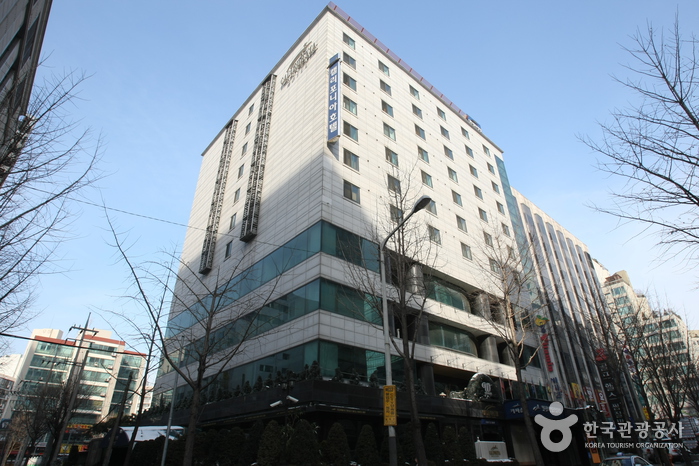
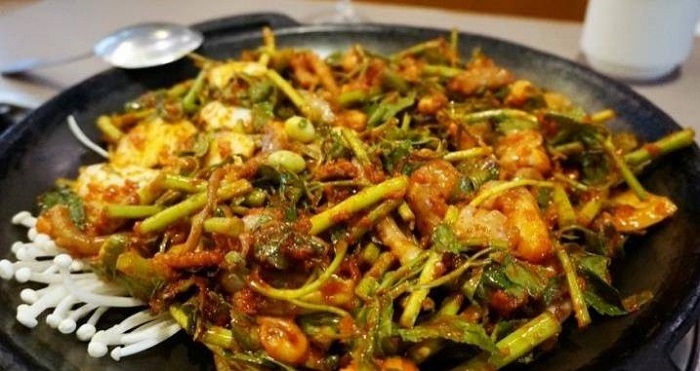
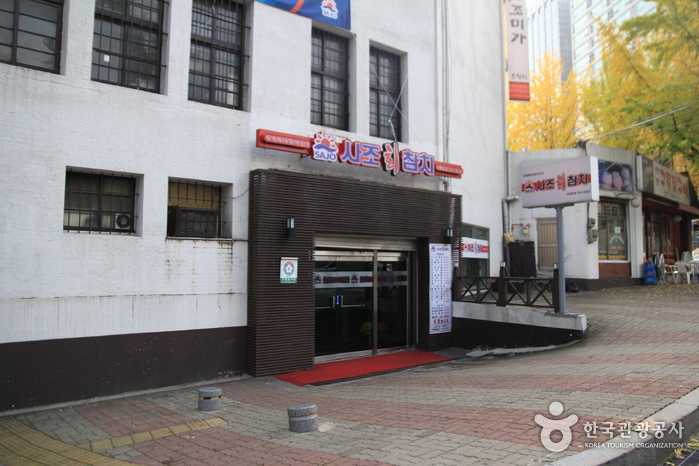
![Lotte Himart - Songpa Lotte Mart Branch [Tax Refund Shop] (롯데하이마트 송파롯데마트점)](http://tong.visitkorea.or.kr/cms/resource/80/2879480_image2_1.jpg)
![Lotte Mart - Songpa Branch [Tax Refund Shop] (롯데마트 송파점)](http://tong.visitkorea.or.kr/cms/resource/79/2879479_image2_1.jpg)
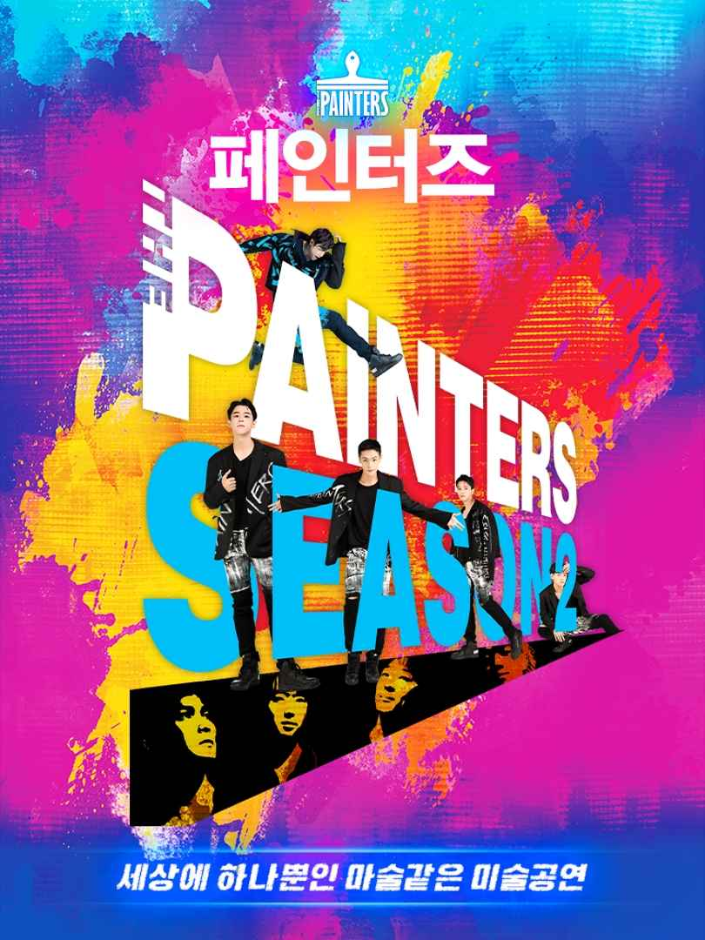
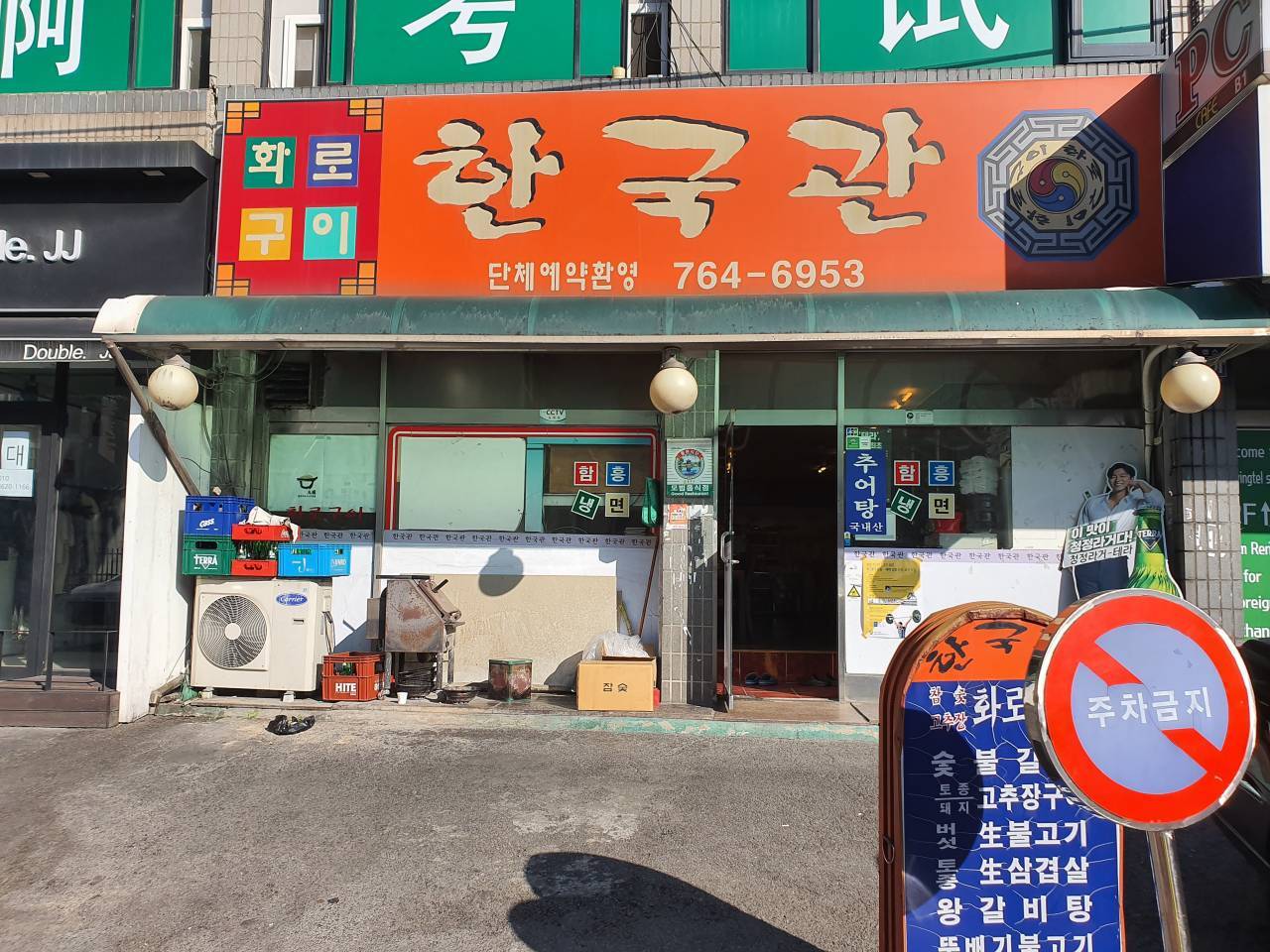
 English
English
 한국어
한국어 日本語
日本語 中文(简体)
中文(简体) Deutsch
Deutsch Français
Français Español
Español Русский
Русский